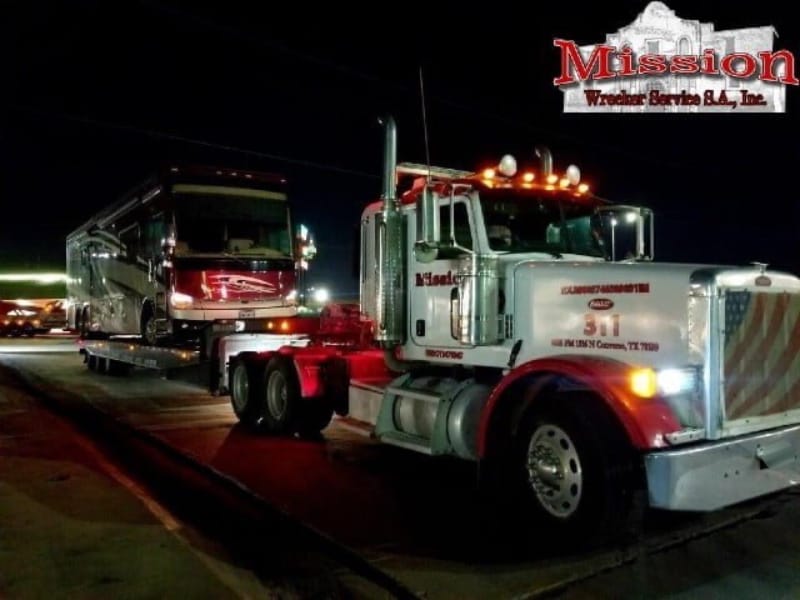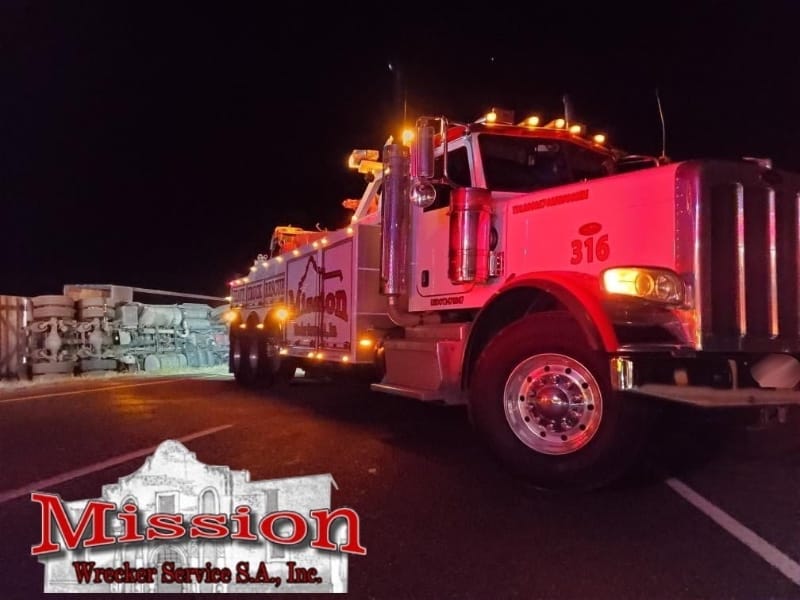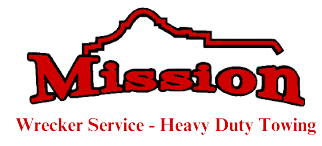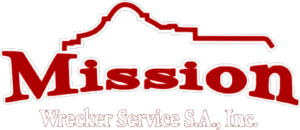Navigating the Risks and Realities of Late-Night Work
There’s something different about towing after the sun goes down. The roads are quieter, but not calmer. Darkness adds a layer of risk and unpredictability that daylight doesn’t prepare you for. Anyone who’s worked on a broken-down car on the shoulder of a highway at 2 a.m. knows that towing at night is a different kind of challenge. For those of us handling US-290 towing, the job doesn’t stop when the sky turns dark, it just changes.

The Scene Never Looks the Same Twice
Nighttime transforms even familiar stretches of road. Everything looks different, and everything takes longer. We’re dealing with more than just a broken-down car. We’re managing a dangerous work zone under limited visibility. Add speeding traffic and the glare of headlights, and we’re operating in a blur of moving shadows and flashing hazard lights.
Even when our trucks are lit up like Christmas trees, drivers don’t always move over. That’s why we approach each call with heightened awareness and a plan for scene safety. Our first priority is creating a clear, visible buffer between us and oncoming traffic.
Here’s what we do first:
- Park the wrecker at an angle to block the lane closest to the scene
- Activate all warning lights and deploy cones or flares when necessary
- Use headlamps and portable floodlights to better illuminate the vehicle
Those few steps create a safer space to work and get any US-290 towing job done safely. But they don’t eliminate all the risks.
The Battle Between Too Much Light and Not Enough
Ironically, visibility is one of our biggest problems: both not having enough of it and having too much. On dark stretches of US-290, we’re often working in pitch black. That means we rely on floodlights and flashlights to see what we’re doing. But look up for just a second, and you’re blinded by the beams of high-speed traffic. It’s disorienting and exhausting.
Too little light makes it harder to hook up a vehicle securely. But too much blinding light from oncoming traffic can be just as dangerous. Striking the right balance is something we learn with experience. Still, even with the best lighting setup, nighttime towing demands extra caution.
Fatigue Is Real. And Dangerous
There’s a mental game we play during night shifts. Your body tells you it’s time to sleep, but your phone rings with another call. And you go. Working through the night means pushing through fatigue, especially on long shifts or back-to-back jobs. We’ve learned that staying sharp takes more than just caffeine.
Fatigue slows your reflexes and clouds your judgment. We’ve all felt it, and we’ve all had to fight through it. For US-290 towing calls in the middle of the night, mental alertness is just as important as mechanical skill.
Securing the Scene, One Job at a Time
No two scenes are alike, but every night tow starts with the same mindset: assess, secure, recover. Whether it’s a sedan stalled in a lane or a pickup that veered off into the median, the key is getting the vehicle off the road without putting anyone in danger.
Here’s how we break it down:
- Assessment: What’s the position of the vehicle? Is traffic flowing? Any hazards like leaking fuel or fire risk?
- Control: Set up lights, flares, cones. Position the wrecker to shield us from traffic.
- Recovery: Attach, lift, or pull depending on the situation. Night calls often require more finesse—there’s less room for error when you’re working blind.
In every situation, communication is key. We talk each step through, double-check connections, and only move when everyone’s ready.

US-290 towing: Mission Wrecker Keeps You Moving. Even in the Dark
US-290 towing at night isn’t just harder, it’s different. It demands more awareness, more patience, and more coordination. Our US-290 towing team has adapted to the unique challenges that come with darkness, from low visibility to driver fatigue. It takes a strong US-290 towing team, the right tools, and a serious respect for the dangers of night work. This job isn’t glamorous. It’s not for the faint of heart. But it’s essential. We’re proud to do it, and we’ll keep showing up: lights flashing, boots on the ground. No matter how dark the road ahead may be.

